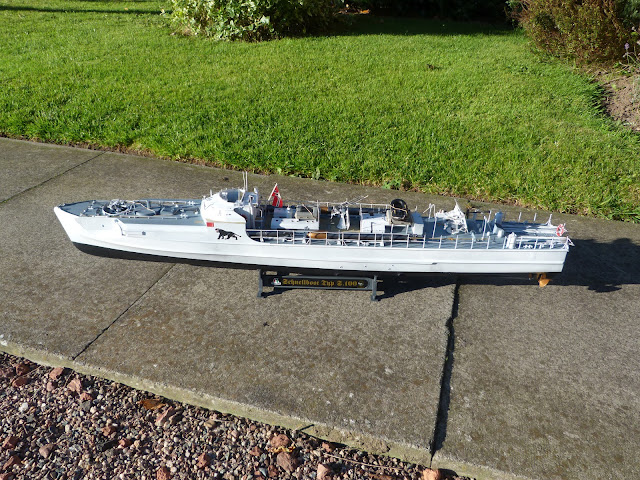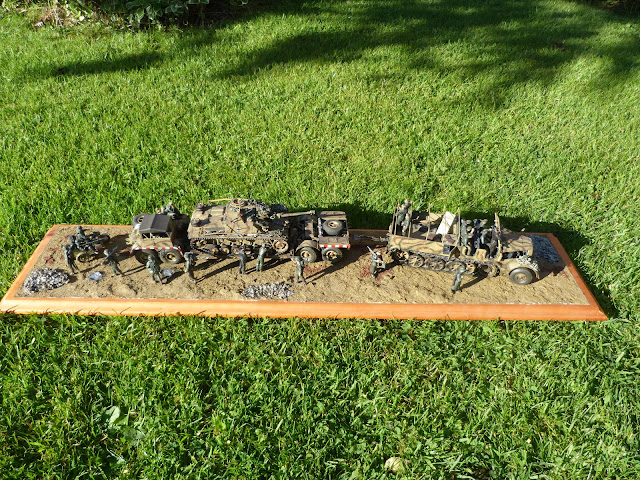TANKS
My interest in tanks can be traced back a long way. As a young lad I lived in a small rural village, first Victoria Garesfield, then Rowlands Gill, along the Derwent valley. The nearest large city was Newcastle and when I went shopping with my mum we took the bus into town. The bus used to cross the river Tyne at the Scotswood bridge and turn right along Scotswood road. As the bus rumbled along the road The vast expanse of the Armstrong Vickers factory was on the right hand side, following the course of the Tyne. To the left were street upon street of victorian terraced housing for the huge workforce employed within the factory. Through the misted up bus windows it was difficult for me to imagine what life was like in such a crowded environment. At the end of many of the streets was a pub with names that evoked the workers and industrial nature of the area. There were pubs named " The Hydraulic Crane" "Forge and Hammer" "Blast Furnace" "The Mechanic" and many more, I think there were over 40 pubs along that road, which seemed to go on forever.
Sometimes I got a glimpse of one of the tanks being tested along the road. The noise of the powerful engines, the sleek low profile, huge gun and the sheer enormity was a thrilling sight and caught my imagination which has stayed with me, despite the fact that these machines are deadly weapons and in the wrong hands can cause utter devastation.
The factory had been producing tanks since their introduction at the battle of the Somme in 1915. The name "tank" derives from its conception by the RNAS which needed armoured vehicles to protect aircraft bases as far as 50 miles inland of Dunkirk. The term derives fromit looking similar to an upturned water tank and some other terms such as 'hull' and 'sponson' also show links to the senior service.
One of the development team at the factory, Walter Wilson came up with the self changing gears and epicyclic geared steering systems. A system which revolutionised the development of these machines. Another person interested in the possible uses of these new weapons was Heinz Guderian, a young German officer, who was to become one of the tacticians of blitzkreig. He saw the potential of the tank on a modern battlefield. British development continued but the military failed to think in such flexible terms as to how they could use this new technology. They maintained that the length of the gun should not extend beyond the hull as it would become fouled when fighting through hedgerows. In hindsight an error demonstrated by the huge guns mounted on the Panther and Tiger tanks.
I continued to read about tank development and decided to make some replica models in 1:35 scale to demonstrate some of the developments during the second world war. I chose to make the most influential allied tanks, the Sherman and T34. Possibly the most influential because of the vast quantity in which the were manufactured, and their simplicity. The T34 was hugely superior in design. Its sloped armour could withstand more punishment, as sloping the armour gave it greater straight line thickness and its wide tracks were more suited to the Russian terrain of mud and snow and it was less likely to freeze up in the harsh winter temperatures. The Germans copied some of its features in the Mark V Panther tank, however overcomplicated gearing and production snags, partly due to the antics of the slave workers forced to build them, led to many breakdowns, ultimately they were never produced in sufficient numbers to have any effect.
The Sherman was also produced in vast numbers, again some of its features made it easy to maintain and it was very reliable and efficient.However it was handicapped by thin armour an an inadequate main gun. It underwent many modifications, even becoming a floating version for use on D Day. It also had its weak spots, manly its propensity to catch fire when hit. I also made a replica of a Churchill tank, again a vehicle that was a workhorse of the allies and undergoing many modifications, notably some of Hobarts funnies, such as mine flails, known as the crab,there was also the flame throwing crocodile and. bridge building variants.
On the Axis side I made the Panzer IV, the workhorse of the army during the majority of the war and possibly their best tank, again not produced in enough numbers. I also made the Panzer V Panther, as I have already mentioned and the formidable Panzer VI or Tiger tank.
This was a massive machine at 54 tons. It had 100mm of frontal armour, 80mm of side armour and a massive 88mm main gun. This meant that it was inpenatrable to allied tank shells and could knock out any allied tank. However it was slow heavy and required much attention. Another of its features, its wheels, were a particularly complex configuration, which meant that replacing one of the inner road wheels meant removing many of the other road wheels.
There are many others that I could build as significant fighting vehicles and given the space and time perhaps I will.
I shall post images of my collection shortly in my next blog.




























